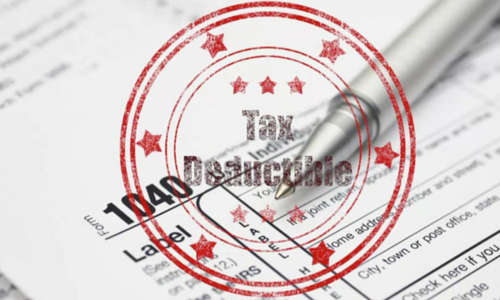Starting a small business is very rewarding and also a significant amount of work. Do not make your accounting more difficult than it has to be here in the Horsham, PA area. You might be questioning the amount of money you spend on each area of your business. How much you should spend on your business is not an amount, but rather a ratio. How much should you spend on operating expenses? on production of goods? on interest and taxes? These are all separate ratios that can help a business owner to maximize profit while minimizing waste and expense.
Business expenses vary dramatically from industry to industry, and expenses have to increase as the business grows. So using ratios helps you, your financial advisor, and your investors determine and maintain the health of your company. If you aren’t an accountant, we highly recommend you find an accountant with expertise in your industry to help you determine which ratios are most important in your field and what your numbers should optimally be. Call us here at Koelle to see how we can help you.
Some Important Financial Ratios for Small Business
Numbers can be parsed in so many different ways to give us different views of your business. Let’s just look at three: Gross Profit Margin (GPM); Expense Ratio or Operating Profit Margin (OPM); and Net Profit Margin (NPM).
Gross Profit Margin (GPM)
Cost of Goods Sold (COGS) includes all production expenses: direct labor, direct materials, and overhead of the production facility.
[Total Sales – COGS] / Total Sales = GPM
Knowing this ratio will help you track financial efficiency in producing your product. This number may have less significance if the product is actually a service, but it should still be reviewed by your financial advisor to determine if you have hidden costs that you don’t recognize as cost of goods sold.
Expense Ratio / Operating Profit Margin (OPM)
This calculates all of your expenses, not including the costs of producing the goods. These expenses include things like:
- salaries and wages of employees not involved in production
- rent/mortgage
- utilities
- taxes and interest
- business travel
- marketing
- financial services
- insurance
Expense Ratio is a simple calculation of operating expenses divided by total revenue. If you brought in $100,000 last year and your operating expenses were $20,000, you had a 20% expense ratio. This may be a good number for your industry and your size, but as your business grows, your expense ratio may increase, for instance, by hiring employees. However, an increased expense ratio may not be a problem if your profit continues to increase.
Net Profit Margin (NPM)
Your NPM is the bottom line—literally. The bottom line on your income statement is your final net income. It is calculated by deducting all company expenses from total revenue to find Net Profit (or Net Income). These expenses include all operating expenses, COGS, interest, and taxes.
Net Profit / Total Revenue = NPM
Getting Help with Your Margins
As you can see, these ratios and margins all tell the company owner something different about his or her business. While these three ratios are important for any business, your financial advisor can help you determine which others are important to you and can advise you on how to grow your business by wise use of your resources and a planned future strategy.
We here at Koelle have been serving Willow Grove and surrounding areas for over 30 years. Experts in small businesses in many different industries, we help companies like yours grow. If you’re in Willow Grove, Abington, Huntington Valley, Hatboro, Warminster, or surrounding areas, give us a call to see how we can help you.





